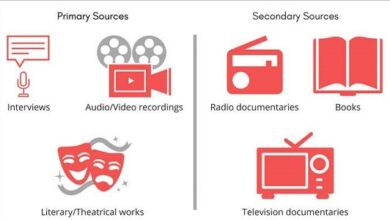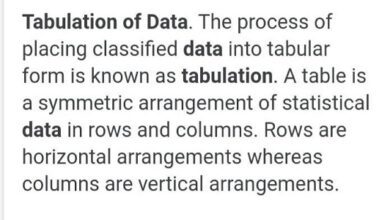Main areas of knowledge/importance/classification/main areas
What are knowledge areas?
First of all, you need to understand what areas of knowledge are. The definition is quite simple: in general, areas of knowledge are simply a practical classification.
After all, the purpose of this classification is to provide an easy and quick way to organize information from agencies working in science and technology.
So, knowledge areas allow organizing information about the development of scientific knowledge, especially in relation to data from research projects and researchers .
The first version of the classification was developed mainly by Capes , CNPq and other funding agencies . The Ministry of Education (MEC) and the Secretary of Industry and Commerce, Science and Technology of the State of São Paulo also participated in the elaboration.
What is the importance of knowledge areas?
Well, you already know that the importance of classifying areas of knowledge is, in general, for an organization and systematization of scientific information.
But more than that: from this classification it is also possible to understand the study tools and the general characteristics of each area of knowledge.
Furthermore, areas of knowledge are an interesting way to understand how undergraduate courses emerge. After all, there is a relationship between the areas and the courses.
How is this classification divided?
The classification of knowledge areas is based on 4 different levels, starting from the most general to the most specific:
In total, there are 8 major areas, 76 areas and 340 sub-areas of knowledge. In 2008, however, Capes Ordinance No. 9 included the large Multidisciplinary area and, within it, the areas: Interdisciplinary, Science and Mathematics Teaching, Materials and Biotechnology.
Big area
It is the most general level. In general, it covers several areas of knowledge in relation to the affinities of objects, cognitive methods and instruments.
Area
It is the set of knowledge that are related, from the nature of the object of investigation. It has application in the areas of teaching, research and practical areas.
Subarea
It is the division of the area of knowledge according to the object of study and methodological procedures.
Specialty
It is the subject of research and teaching activity. A specialty can fall into more than one major area, areas, and sub-areas.
The main areas of knowledge
The 8 major areas of knowledge are:
1. Exact and Earth Sciences
Exact Sciences have Mathematics as a training base. In addition, it understands Physics and Chemistry.
Examples of area course
Examples of Exact and Earth Science courses include Computer Science, Physics, Statistics and Mathematics.
2. Biological Sciences
As its name suggests, Biological Sciences is related to studies on types of life. It includes: flora, fauna, human and animal. That is why it serves as an important foundation for health studies.
Examples of area course
Examples of Biological Science courses are Biology, Environmental Management and Biotechnology.
3. Health Sciences
Health Sciences aims to study health care in general. Then, they relate to the preparations of professionals and researchers to attend to human beings.
Examples of area course
Examples of Health Science courses are Nursing, Medicine, Nutrition and Pharmacy.
4. Agricultural Sciences
The Agricultural Sciences study the care with the production of food and animals. In general, they are based on knowledge of exact and biological sciences.
Examples of area course
Examples of Agricultural Science courses are Agronomy, Animal Science, Food Science and Technology and Veterinary Medicine.
5. Human Sciences
Research in the Humanities focuses on understanding more about human beings, both in historical and psychological aspects. As they involve everything related to human beings, they use knowledge from the exact and biological sciences.
Examples of area course
Examples of courses in the Humanities include Philosophy, History, Pedagogy and Psychology.
6. Applied Social Sciences
The Applied Social Sciences derive from the Human Sciences. However, the focus of the studies is on society and not on the individual.
Examples of area course
Examples of Applied Social Science courses are Administration, Social Communication, Law and Economics.
7. Engineering
Engineering is related to Exact Sciences. However, due to their great diversity, they have a large area of their own. In addition to the strong foundation of Mathematics and Physics, engineering professionals also need to deal with knowledge about nature and society.
Examples of area course
Examples of Engineering courses are Civil Engineering, Environmental Engineering, Mechanical Engineering and Electrical Engineering.
8. Linguistics, Letters and Arts
From the study of language, the focus of research in Linguistics, Letters and Arts is to improve people’s ways of communicating. From this perspective, it comprises different forms of communication and expression, including artistic ones. They originate from the Human Sciences, but have their own characteristics.
Examples of area course
As an example of courses in Linguistics, Letters and Arts, there are Visual Arts, Theater, Letters and Music.



